We got the news last week that for the second time, Milwaukee Public Schools has gotten a School Improvement Grant to help reform some low-performing schools. More SIG money may arrive at MPS to help fund other initiatives too — or at least some of us hope.
In the meantime, this $6.3 million cash infusion from the federal government will be used — according to U.S. Department of Education (USDE) and the Wisconsin Department of Public Instruction (DPI) guidelines — to “transform” two high schools and “turnaround” four others.
Hamilton High School and the Montessori High School have been tabbed for “transformation,” which means they get new principals.
Since the struggling Montessori High School — located in the old Juneau High School building on the west side — has been a teacher-led program, that means that it will actually now have a principal at the rudder. From what I hear, that’s exactly what the school needs and I, like many who are personally engaged in public Montessori in Milwaukee, want to see the high school succeed.
Advanced Language and Learning Studies 9-12 school, Northwest Secondary School, Pulaski High School and Washington High School of Information Technology were all chosen by the district as “turnarounds.” In addition to getting a new leader, all teachers in a turnaround must re-apply for their jobs. The school cannot hire back more than 50 percent of them.
Eleven district schools were identified by USDE as eligible for SIG money, based on three years of state test scores, according to an MPS statement. MPS chose the six that will receive the funds and be reformed. Superintendent Gregory Thornton selected the reform models for each of the schools.
“We spent time reviewing school data and staff surveys, talking with school faculties, and also looking at the results of focus groups done with the school communities,” Thornton said in the statement.
Although the district said it will advertise for educational vendors for transformations and turnarounds — which will be covered by this year’s SIG funds — that doesn’t mean the schools will be charter schools, said spokesperson Roseann St. Aubin.
“They could go forward with EMO (Education Management Organization) support,” she said. “There is one in place at Bradley Tech and that’s been going well.”
EMOs are for-profit companies that partner with districts and use public money to help schools.
Of the remaining schools that were eligible, four — Alliance, Community High School, Wings Academy and Wisconsin Career Academy — have been placed on probation because, according to the MPS statement, they “have been determined to have efforts in place to boost academic outcomes for students, including increased instructional time.”
Thornton said they will be watched closely for improvement.
“They will receive intense monitoring,” said Thornton. “We have confidence that they will stay on track with their efforts, but if they are again identified as low performing next year, a reform model will be applied.”
The last of the 11, Washington High School — which shares a building with Washington High School of Information Technology — will be recommended for closure, a move that will go to the school board in April.
Eleven MPS schools got SIG support last year and four of them were closed. Two were “restarts” and five were “transformations.” They have three years to show progress and the reforms continue at those schools. After three years, they could lose or see cuts in SIG money or the district could close or reform them.
Turnarounds and transformations can work, as I’m learning from reading Laura Pappano’s “Inside School Turnarounds,” which follows a number of successful public school turnarounds in Hartford, Conn., and Cincinnati.
What successful turnaround takes — among other things — according to Pappano, is dedicated and passionate leadership that views the school as an entrepreneurial enterprise, teachers fueled by the fire to make a difference and strategic partnerships with corporate and non-profit organizations, who can help build struggling students’ social capital and show them what they can attain.
In case you’re interested, it’s published in paperback and hardcover by Harvard Education Press and, if you’re like me, you’ll find it to be engaging reading.

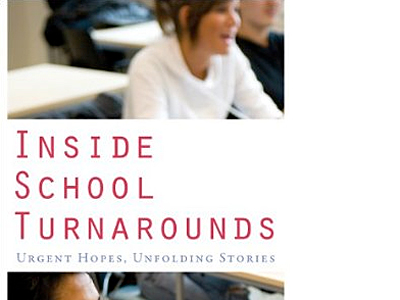
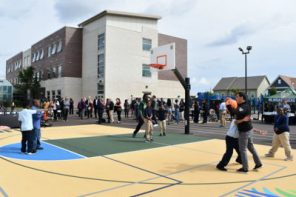 i evaluate to yes even if there's no image
i evaluate to yes even if there's no image  i evaluate to yes even if there's no image
i evaluate to yes even if there's no image  i evaluate to yes even if there's no image
i evaluate to yes even if there's no image 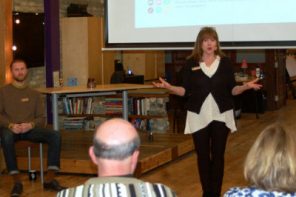 i evaluate to yes even if there's no image
i evaluate to yes even if there's no image 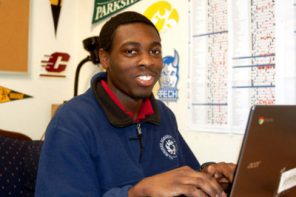 i evaluate to yes even if there's no image
i evaluate to yes even if there's no image 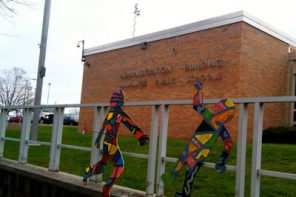 i evaluate to yes even if there's no image
i evaluate to yes even if there's no image